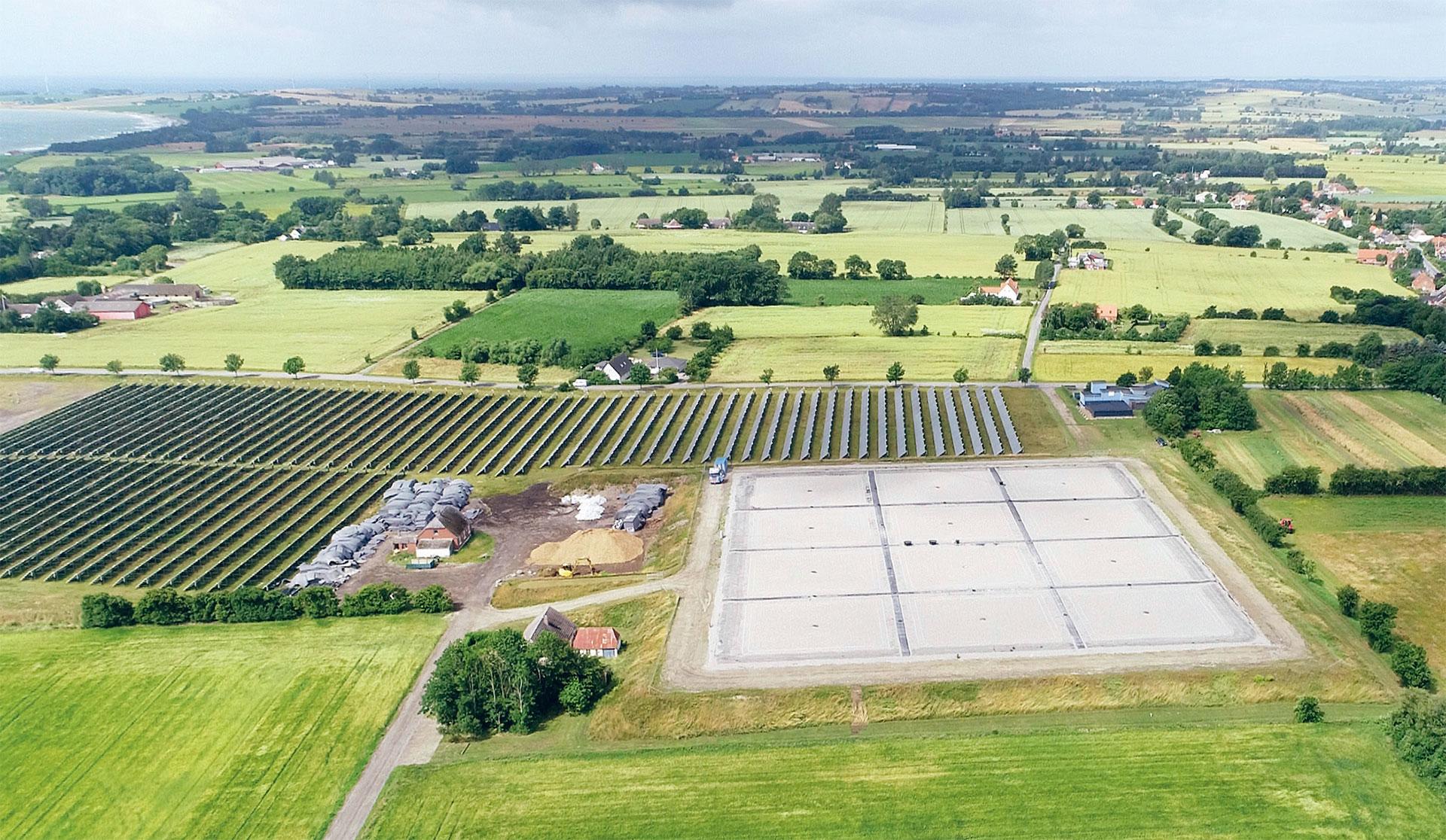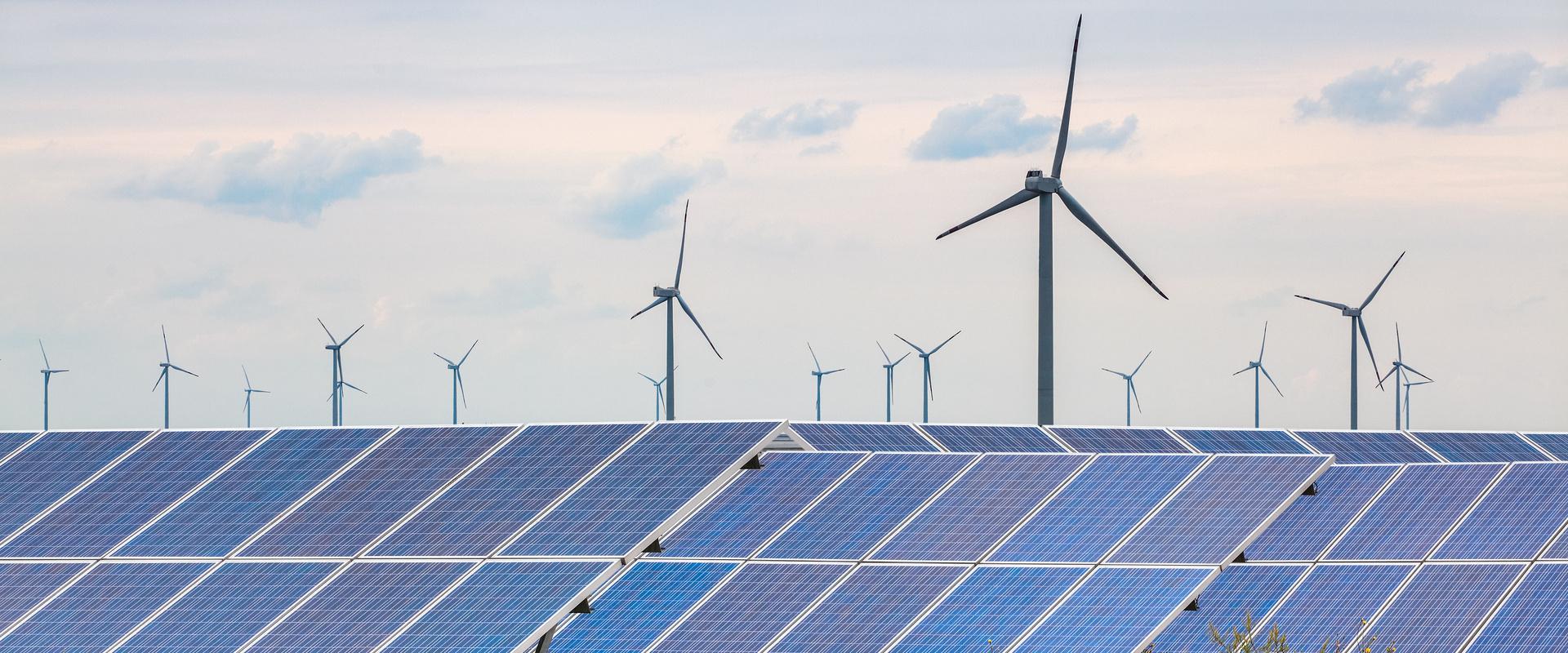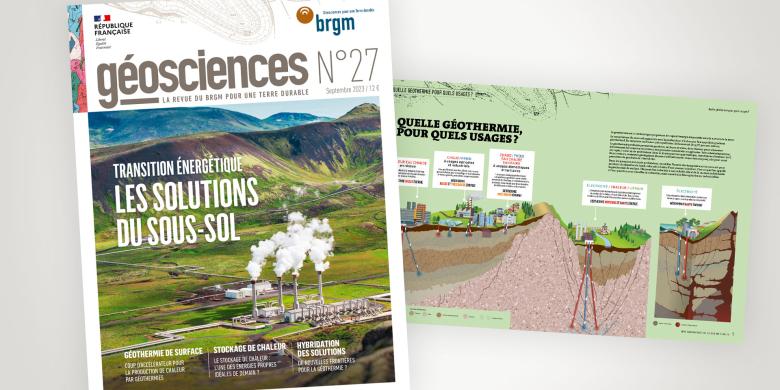When we look at the different sources of clean energy, underground heat storage quickly emerges as one of the key resources for a successful energy transition, owing in particular to its considerable flexibility.
Heat storage technologies satisfy two main objectives:
- Manage the production of thermal energy for a better match between supply and demand. This is particularly important in the light of the increased share of renewable energies in the energy mix. For example, although solar energy is generally produced over the summer, demand is higher in winter owing to heating needs.
- Recover waste heat, i.e. the thermal energy indirectly produced as part of industrial processes, by household waste incineration plants, data centres, water treatment plants or nuclear power stations.

Underground heat storage is emerging as an increasingly relevant solution to address the impact of global warming, from both an environmental and a financial standpoint. It will certainly be essential in the clean energy mix of the future.
A range of storage technologies
Several technologies exist for storing thermal energy underground. The most common technologies are:
- Aquifer storage: groundwater is pumped, heated and reinjected through a well or group of wells. The direction of fluid flow is reversed in order to recover the heat stored.
- Field storage of vertical geothermal probes: this system stores thermal energy in soil or rock via dozens of vertical geothermal probes spaced a few metres apart and several dozen metres deep.
- Pit storage: hot water is stored in huge pits covered by a watertight tarpaulin. The sides and bottom are covered with polymer geotextile and the sides are heat insulated.
- Mine storage: this solution uses water from closed, flooded mines as a storage medium.
An energy context favourable to heat storage?
The economic and environmental conditions in France today appear to be highly favourable to the development of heat storage, particularly as energy planning regulations are predicting the significant development of heating and cooling networks.
Geosciences No. 27: Subsurface solutions for the Energy Transition
Geothermal energy, CO2 or heat storage, access to mineral resources and more. This issue of Géosciences looks at the potential of the subsurface for the energy transition.
Associating the subsurface with the energy transition may appear incongruous. Wind turbines, photovoltaic panels, or possibly hydroelectric dams and nuclear power stations come more readily to mind. And yet, the energy and ecological transition that will gradually lead us to develop low-carbon energy will require us to make increasing use of the resources and potential of the subsurface.
Issue 27 of BRGM's Géosciences magazine investigates subsurface solutions: geothermal energy, CO2 storage, heat storage and hybridisation of these different solutions with other sources of renewable energy. It also looks at access to mineral resources, which are vital to the success of the energy transition.






